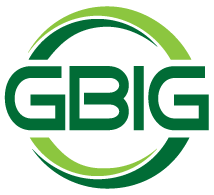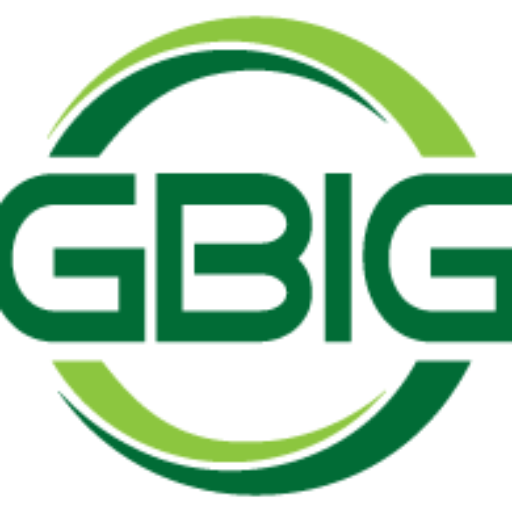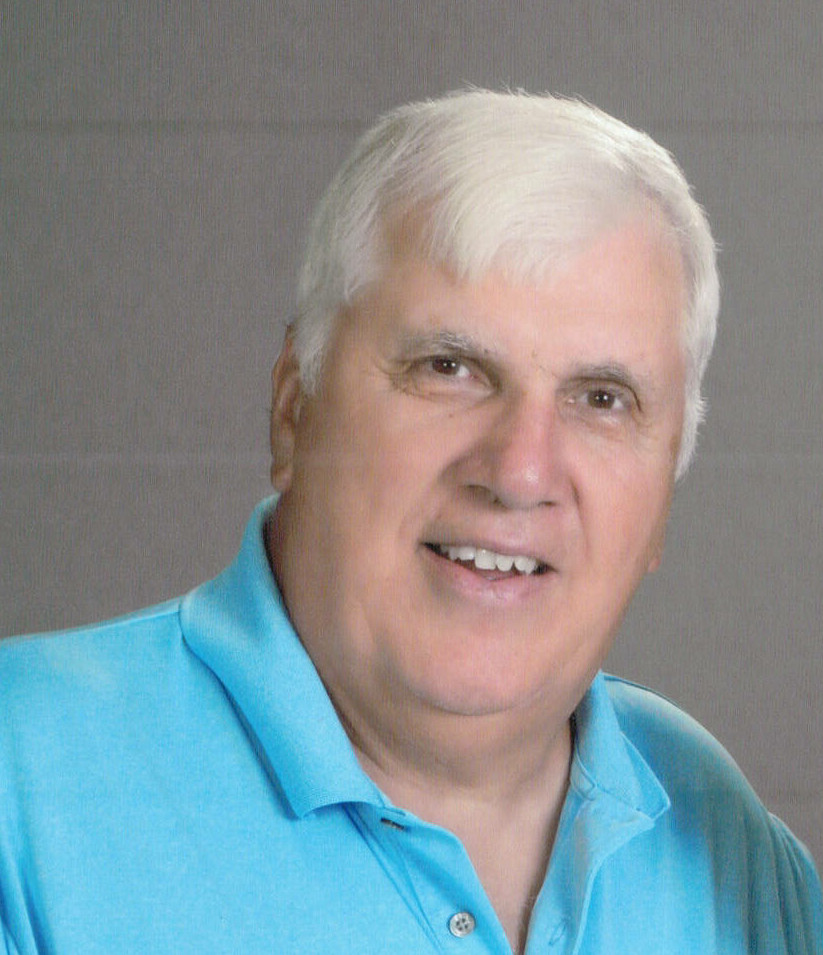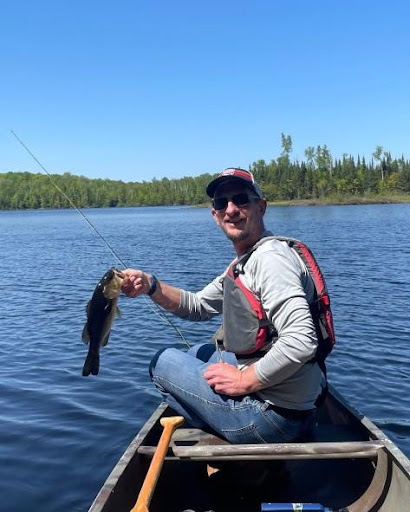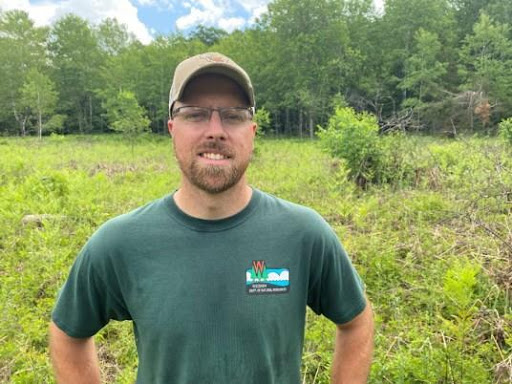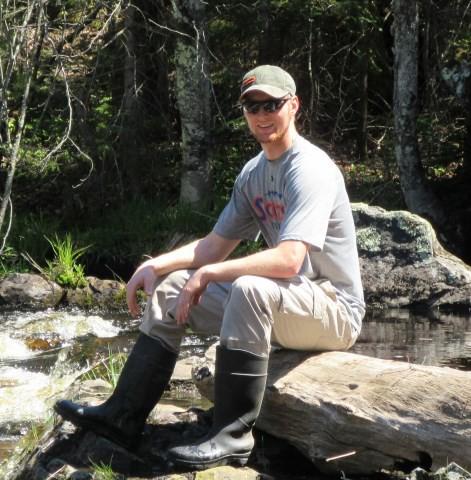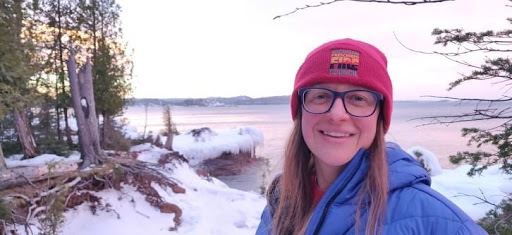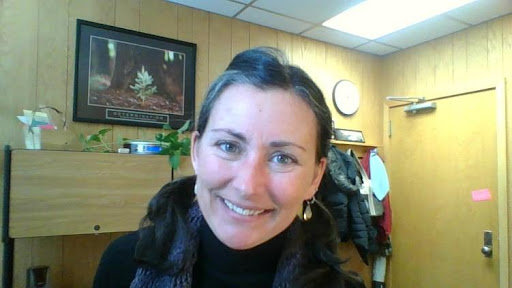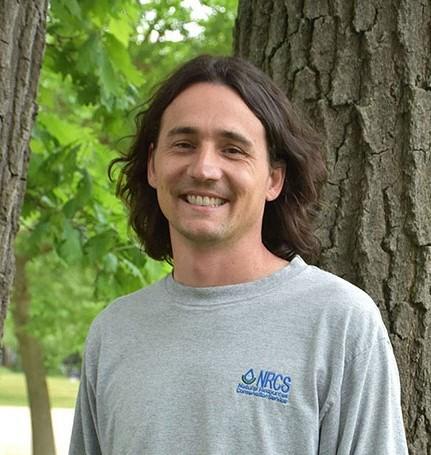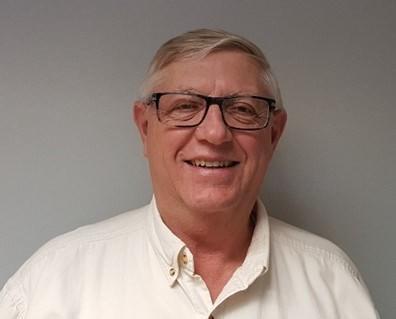GBIG News
Get links to the latest news, events, stories, and interviews from our 5P news members. Our goal is to remind the decision-makers in Wisconsin of the importance of our industry both historically, and more importantly, into the future.
Read the latest 62 Stories and Links on the Internet below.

Featured Stories
- Graphic Packaging to invest $1 Billion Dollars in Waco, Texas recycling plant
- Michigan Tech: More than flooring or paper and could be base for sustainable housing
- Wisconsin Forest Industry employees 61,000 and has a total industry output of $24.4 Billion
- Gallagher introduces third time bill supporting our logging industry in Wisconsin
- UW Stevens Point: The Harvard of the Midwest in Paper Science
- Amundsen Davis Law: Labor Employment Updates
- KDV Label in Waukesha names Keith Waltz President and CEO
- Wisconsin is 1/3 of the goal planting trees addressing climate change
- WEDC Board approves awarding $5.6 million in tax incentives for Charter Nex Generation in Milton with a $270 Million Dollar investment. CNG is a major producer of flexible films for packaging.
- Imaginasium new shareholder – Jennifer Fietz
Events
- Great Lakes Logging and Heavy Equipment Expo
- Registration open for New North Summit on June 8th with early bird registration
- Print Embellishment Conference June 5-6 Indianapolis
- UW Green Bay: Learning while you connect to meet hiring organizations
- Fox Cities Chamber: Customer Service Workshop Building Customers for Life
- Greater Green Bay Chamber Economic Global Event
Wisconsin
- Monarch butterflies are back
- Colbert Packaging executive outlook 2023 and beyond
- Wausau Coated Names Steve Luedke VP of Technology and Engineering
- A miniature natural wonder in Wisconsin
- Milwaukee: From a open sewer to the greatest asset with Milwaukee overcoming a legacy of industrial water pollution
- Kimberly-Clark – Neenah: Scientists test toilet paper for flushability
Forestry
- The Dawn of a Timber Revolution
- Will sustainable aviation fuel kill our forests
- Forest thinning clearing the air on it
- WDR review process purchasing 70,000 acres for recreation
- To help limit climate change, Michigan planting trees, asks residents to do the same
- Will Green Fuels Finally Gain a Foothold After COP26?
- USDA Announces funding for native seeds and Forestry nurseries
- Lobbyists look at farm bill to save American Forests
- Why trees are in so many medical products
- Forest Service partners with researchers to transform wildfire fuel into brochar in Superior National Forest
- Canton mill closure spells trouble for Forestry industry
- Improved understanding of deforestation and its impact
- Reforestation mean more than just planting trees!
- The truth about paper and deforestation
Water
- Lake Mead: Where Does It get its water
- Californa Study: Nearly 400,000 Californians lack safe drinking water, often due to AG polution.
- Only two of the five great lakes have good ecosystems
- Canada’s Great Lakes commitment to water quality
- Ancient Groundwater: Why the Water You’re Drinking May Be 1000’s of Years Old
Nonwovens
- Nonwoven robust growth potential in hygiene at 6.4% CAGR
- INDA Welcomes 6 New Members to the Board of Directors
- Nonwovens and Pulp: Economic processing with pulp and cellulose fiber for nonwovens
- Nonwovens returning to normal looking for new areas for growth
- Nonwovens Industry releases meltblown report with readjustment through 2028
Member
- Vetaphone, the first and best in Corona Surface treatment.
- Robinson your contract metal manufacturing partner
- EMT: Variable Lane Finishing
- APPVION: The Benefits of Using Recycled Fiber for Thermal Labels
- First Business Bank with Jim Hartlieb
- Anderson-Vreeland: Printing plates for flexographic applications
- First Business Bank builds workplace culture on values
- Midland Committed to Sustainability
- Miron Construction Lambeau Field updates
- Titletown Manufacturing custom metal milling delivers accuracy to the fabrication process
- Precision Roll Solutions: Steel Embossing Machine Excellence can Enhance m Product Quality
- Korber aims to revolutionize packaging with kit Bio pack
- Eagle Performance Plastics partnership creates value for customers
- Miron Construction BC ORGANICS BIOGAS FACILITY
- EMT expands assembly operations with new facility
